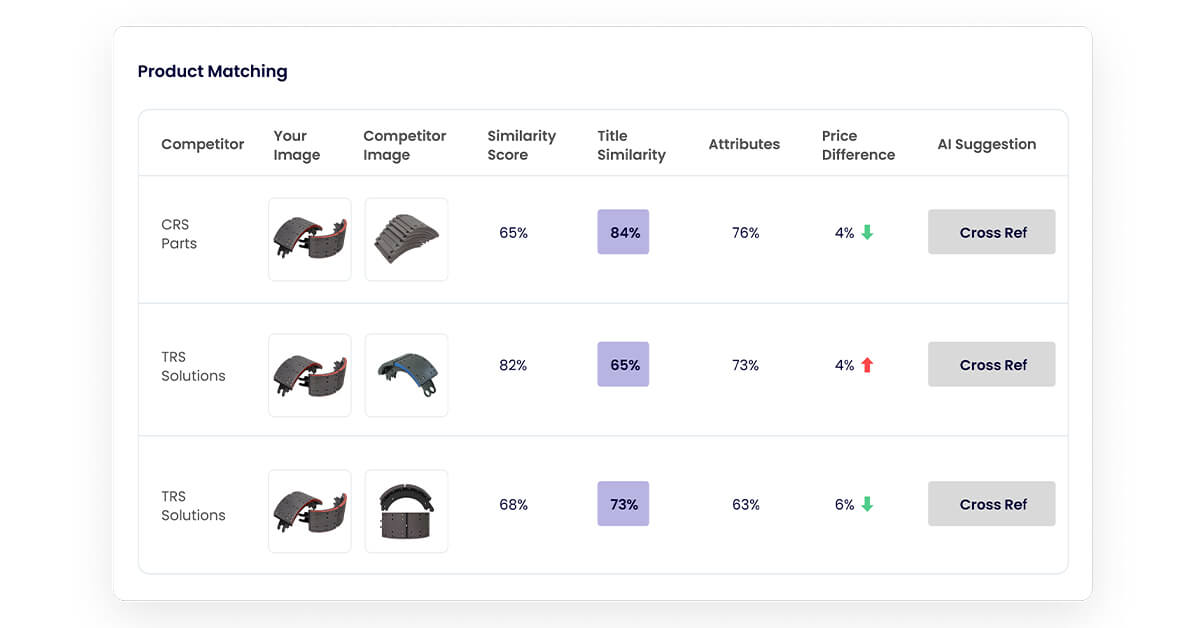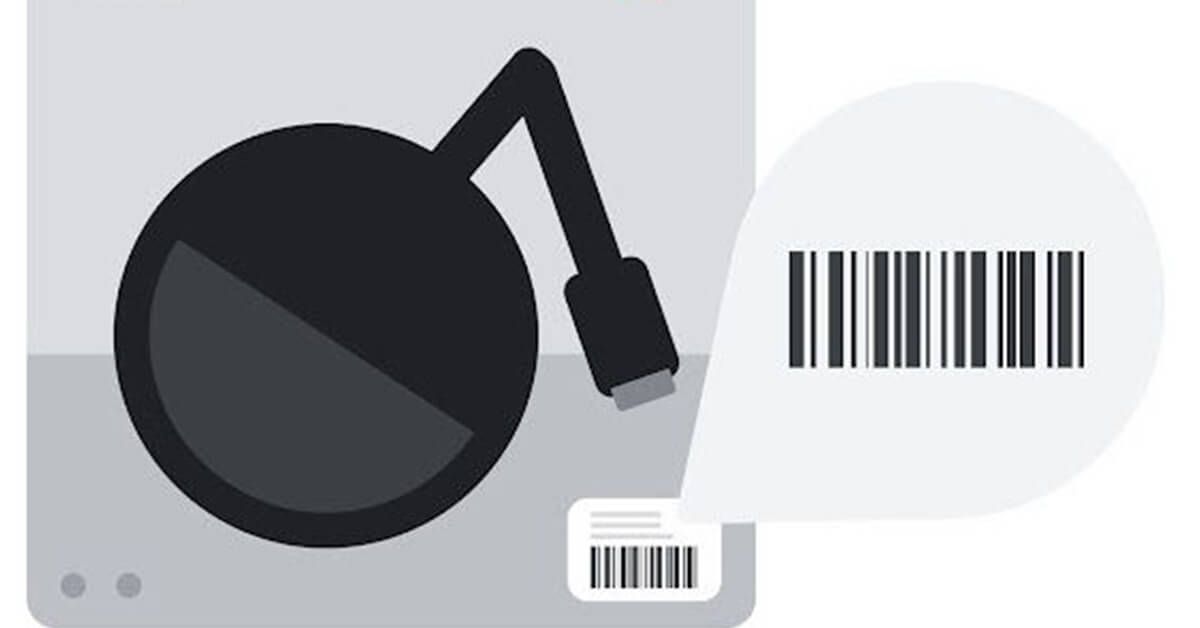
Product Identifiers tell people what you are selling, which is vital to improving product matching. They are a set of letters or numbers that are used to identify a product. Customers can find their favorite products online by using product identifiers. Brand names, Global Trade Item Numbers (GTINs), and Manufacturer Part Numbers can all be used to identify a product in the best way (MPNs).
A unique product identifier (UPI) is a name or number given to a specific product to help brands and customers recognize it. This one-of-a-kind label helps your ads stand out and makes it easy for potential buyers to find the item. Most of the time, a product identifier is also a unique barcode given to a product to help buyers find it.
Google, Amazon, eBay, and other shopping sites and search engines now require sellers to give each item a unique product identifier. It has become an essential part of eCommerce marketing, so you need to know how different types of product identifiers work, what they mean for your business, and how you can get them.
The essential components of product matching:

Product mapping is matching the things you sell to the most relevant product categories. This makes it easier for your customers to find what they want when searching for them. It also lets your marketing and sales teams put suppliers into groups based on the goods or services they offer.
In other words, product mapping or product matching is the process of comparing your company's products to those of your competitors to make price comparisons that are more accurate and fair. eCommerce marketers can make detailed flowcharts of their work processes by putting tasks, inputs, and activities in the order of their product mapping strategies.
Some of the essential things about product matching are:
- Unique Product Identifiers (UPIs) are the numbers or letters on a product's label that make it easy for shoppers to find a specific item.
- Manufacturer Part Number, or MPN: It is a unique identifier for a product among hundreds of other products made by the same company. In fact, this label is put on a product by the company that makes it. This MPN attribute is another way for shoppers to find your product listing.
- Names of brands: To help customers determine which brand sells a specific product. If it's from their favorite brand, it could make them more likely to buy it.
Besides the above, the essential parts of product identifiers are a GTIN (Global Trade Item Number) or a UPC (Universal Product Code) (Universal Product Code). A GTIN is a unique number that can be used to identify trade items or services. GTINs are numbers that are given to retail products. They can have 8, 12, 13, or 14 numbers. The GTIN with 12 digits is also called a UPC. Most retail items have a barcode with the number on them.
Google Merchant says unique product identifiers should describe the product you sell globally. Google Merchant also needs at least two major attributes (GTIN, MPN, and Brand). This helps to process the data about the product. So, these are the essential things any Product Feed Processing Technology should have.
Here are some excellent UPIs. This will help you figure out what to include and how to make the best product identifiers.
- LAT 3588 Women’s Ringspun T-Shirt – Navy – XL
- Woodland 1234 Baby Crib Musical Mobile - Forest Animal Theme, 24x20 Inch
- Non-GMO Project Verified, Old Fashioned Rolled Oats (Quaker 5678), 64oz Bags in Box (Two), Servings-90, Pound-4
As we can see, the basic format for writing a product identifier (especially for Amazon) is Brand Name + Series Name/Number + Model Name + Form Factor + Unique Identifier.
2. The Advantages of Product Matching

It also tries to figure out the benefits and features of the underlying item. They do so by comparing and measuring product performance and other key metrics. This includes costs and market demands. So, marketers use techniques like product matching. This helps to find out how customers feel about their products. This is compared to similar products sold by other merchants, mostly their competitors.
In today's data-driven market, merchants must stay ahead of the competition. They must keep up to date in real-time. When this happens, retailers can get a lot out of matching products.
- It helps you organize your product listing on your eCommerce platform and in the global market.
- It helps you organize your product listing on your eCommerce platform and in the global market.
- You can get and combine information about multiple products from different sources.
- It lets merchants find possible holes and missing attributes or other information in their product catalogs and listings.
- It helps implement a strong infrastructure for product data quality to keep the most accurate product data.
However, it is hard for merchants to make accurate product mapping strategies because it is easy for people to make mistakes. For instance, many sellers need to follow Amazon's rules about how to write good product IDs or catalog information. So, keep the proper format by putting in the right UPC code, brand name, and other UPIs.
3. Using Individual Product Identifiers In Products

Search engines and e-commerce platforms like Google, Amazon, eBay, and others force online merchants. It urges them to use unique identifiers and write them in the proper format when naming their products. Because there is more competition and the market is very volatile, sellers are selling their goods and services in other countries to reach more customers and stay ahead of the competition.
To increase your chances of making a sale and get a good spot in Google, Amazon, etc., search results, your data feed needs all the necessary product identifiers, like the MPN, GTIN, and Brand name. They might not approve your products if you don't give Google or Amazon valid unique product identifiers. Also, if you write correct identifiers, your search engine or shopping platform will rank your product better and prioritize it more than similar products sold by your competitors that need more information.
Many tools can help you find and extract the unique product identifiers missing from different parts of your feed. You can ensure that Google or Amazon gets all the information they need, which increases the chances that your ad campaigns and strategies will succeed.
Some UPI tools can also help find the best-selling products and keep track of the leading competitors in a specific product category. With the help of these tools and devices, merchants can make accurate pricing models that give their customers a better shopping experience at the SKU level.
4. Product and Data Quality Matching Work together with ProductMatch

Deep learning can be used to search through multiple product catalogs based on specific product data, such as the product name, item description, price details, attribute values, and several variants. ProductMatch is a full-featured product matching and data quality solution that lets businesses polish, parse, categorize, standardize, and develop data mapping strategies. You can do the following with ProductMatch:
- Smart and accurate data parsing of free-flowing data to separate and group different fields together. In these fields are "key attributes," "product titles," "manufacturer names," and "part numbers" that are linked to semantic recognition technology.
- Clean, standardize, and organize product data by breaking product descriptions into smaller parts or attributes and normalizing them to make them more meaningful.
- Organize and combine product data from multiple sources, making it easier for retailers to deal with data from many different sources.
- Simplify data with many attributes to help people search for products, compare prices, and narrow their searches.
Conclusion
In conclusion, product matching is the key to putting product data quality at the top of your priorities and increasing sales and conversions through better marketing intelligence. Using ProductMatch, you can also make a complete and fully-featured product data management solution, improving customer satisfaction and the user experience. So, use the proper techniques for product mapping to considerably increase your sales and profits.








Leave a Reply
Your email address will not be published. Required fields are marked